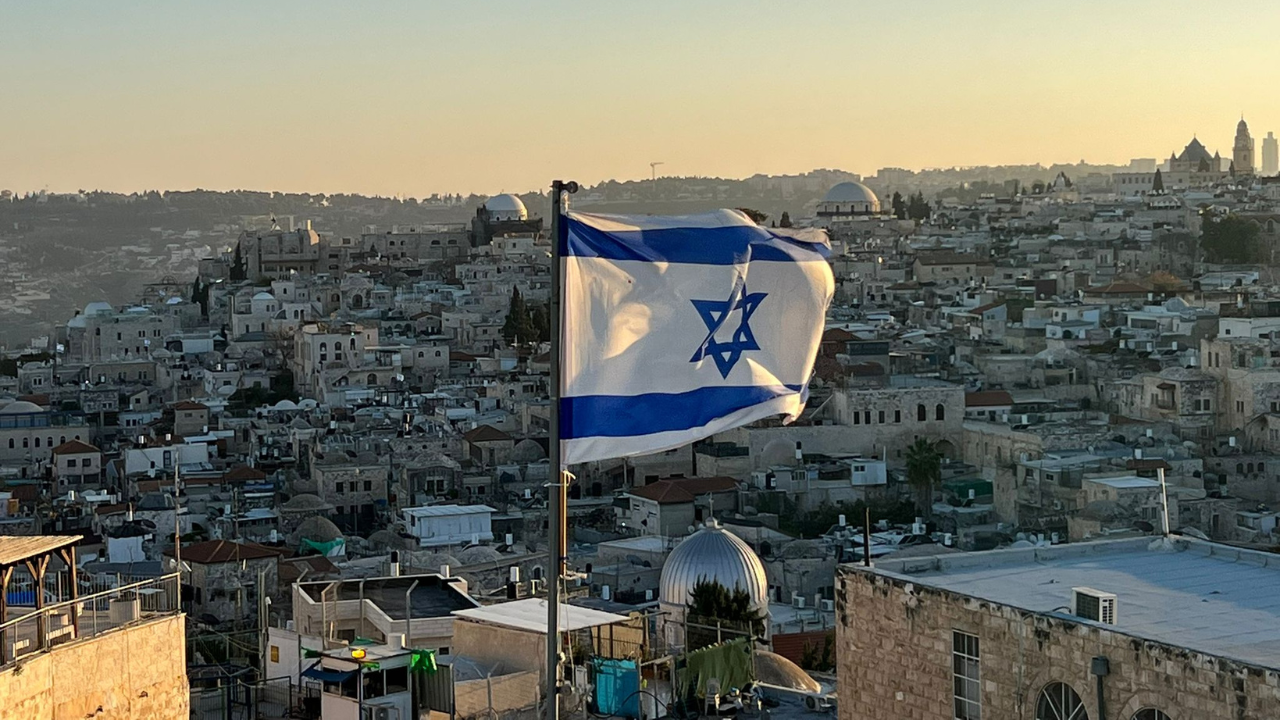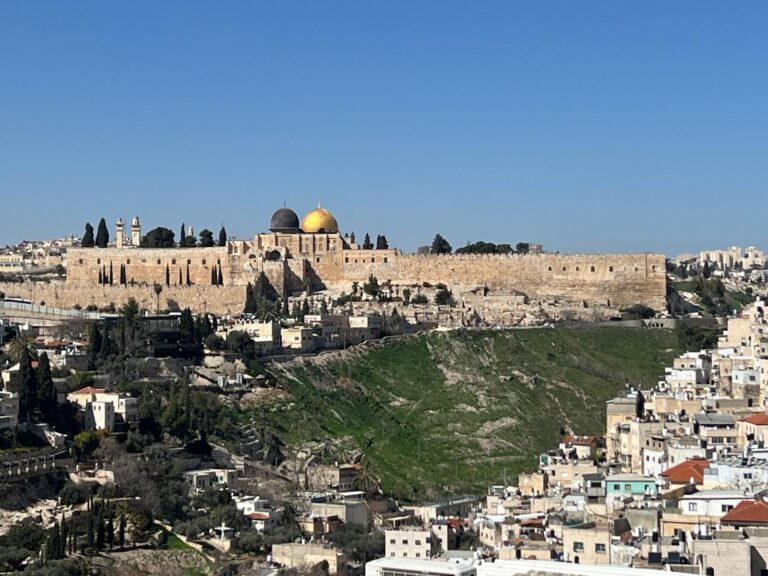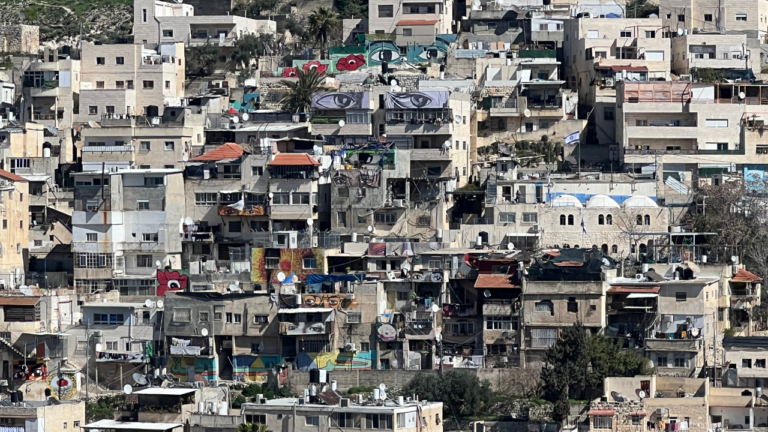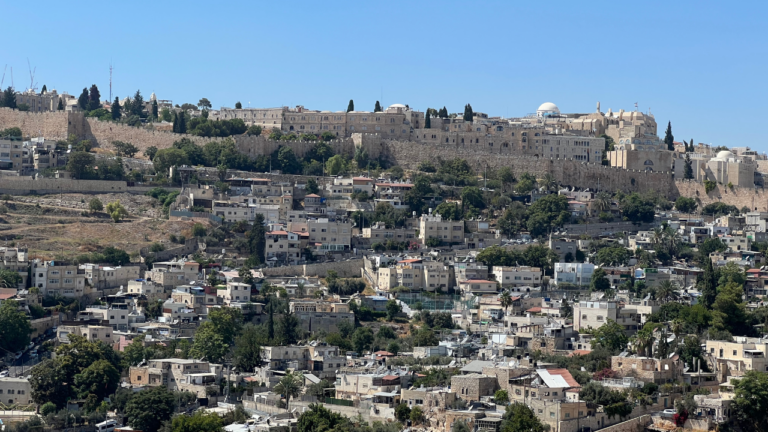The Equanimity of Jerusalem
In our parsha, Yaakov blesses his son Yehuda through a comparison to a lion: “A cub [and] a grown lion is Yehuda. From the prey, my son, you withdrew. He crouched, rested like a lion (kara ravatz k’aryeh).” Interestingly, Bilam employs similar imagery when describing the Jewish people: “He crouches and lies like a lion (kara shachav k’aryeh).” The only difference between the phrases is the verb signifying the resting position of the lion. Yaakov describes the lion as being “ravatz” while Bilam describes it as being “shachav.” What does this mean?
The Sefat Emmet explains that these descriptions reflect two different but related postures. In his words:
Even when Yehuda is strong, he still crouches (kara shachav) and makes himself small. Even when he is lowly, he still crouches and rests (kara ravatz) like a lion.
In other words, Yehuda did not let the highs and lows of life lead him to extremes. Even in his lowest points, he still remembered that he had the strength of a lion. And even at the moments of his greatest successes, he was still able to humbly attribute everything to God.
The Sefat Emmet refers to this characteristic as “hishtavut” or “equanimity.” Yehuda always lived with a palpable sense of God’s presence and constant providence guiding his life. Therefore, whatever happened he was able to attribute to God. This allowed him to always remain focused on his ultimate goal of performing God’s will without being paralyzed by his failures or swept away by his successes. As the Baal Shem Tov taught, it is the sense of “I always place God before me” that allows a person to stay level-headed and focused throughout the tumultuous ups and downs of life.
This amazing character trait of hishtavut is intertwined with Yehuda’s capital city – Yerushalayim. The Vilna Gaon teaches that the redemption of Yeurshalayim requires “trustworthy people” (anshei Amanah) as the Talmud teaches: “And Rava said: Yerushalayim was destroyed only because there were no more trustworthy people.” The Gaon then proceeds to list the various traits that create a “trustworthy person.” Developing such traits are essential for the redemption of Yerushalayim.
The first trait mentioned by the Vilna Gaon is hishtavut. In the words of the Vilna Gaon’s student R. Hillel of Shkolov:
Hishtavut: This means that each person should become one with the community, not to elevate oneself over others materially or spiritually.
The palpable sense of the Divine presence in Yerushalayim enables people to not feel conceit or essentially elevated over others. Like Yehuda of old, the “trustworthy people” of Yerushalayim always feel God’s hand in their lives which keeps them even-keeled and mission-focused.



